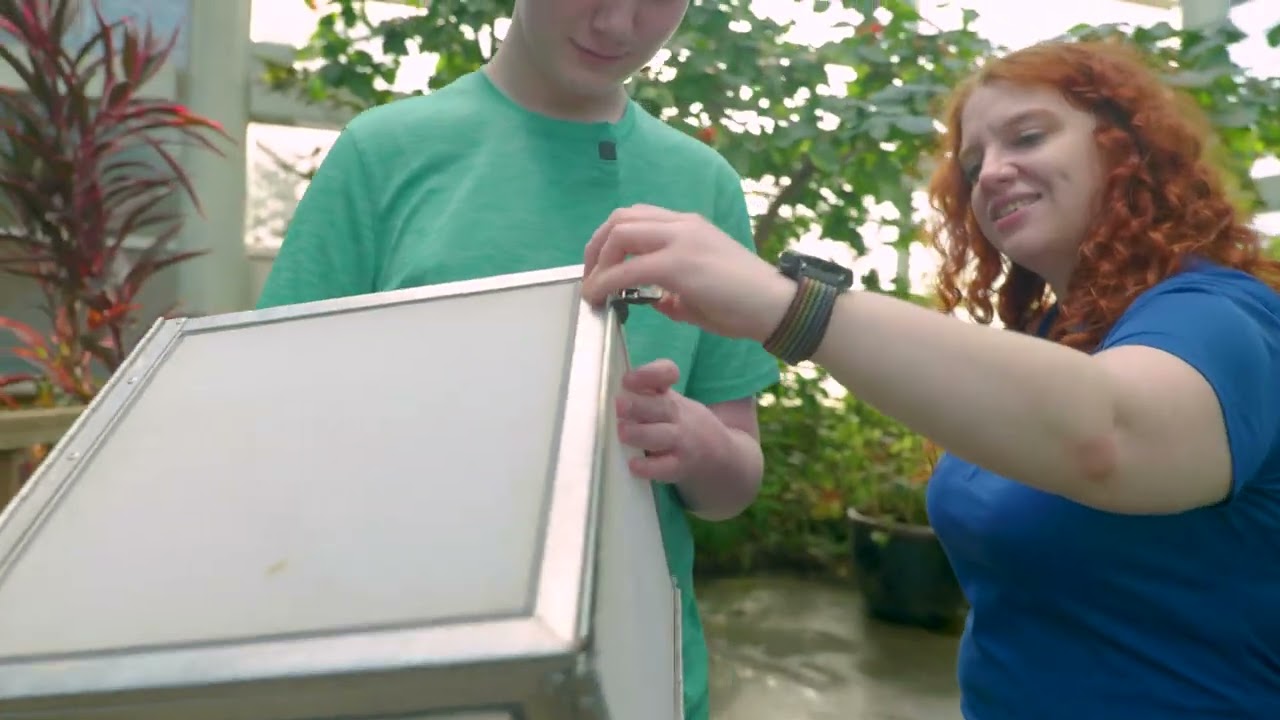– The life cycle of butterflies and how it’s represented in zoo exhibits
– The role of zoo management in wildlife conservation and education
– The importance of costume-changing butterflies in ecological balance and biodiversity
– Challenges faced in simulating natural habitats for butterflies in captivity
– Innovative approaches to engaging the public in butterfly conservation
Butterflies are one of nature’s most visually striking contributors to our planet’s biodiversity, showcasing an array of colors and patterns that captivate the eyes of beholders. Episode No. 17 of AquaVentures, titled “Backstage with Costume-changing Butterflies!”, dives deep into the fascinating world of these insects, offering viewers insights into their life cycles, the importance of their conservation, and the meticulous efforts of zoo management to simulate their natural habitats and educate the public about their roles in ecological balance. This article will expand on these themes, providing a comprehensive look at the significance and challenges of butterfly conservation and zoo education.
Butterflies undergo one of the most astounding transformations in the animal kingdom, progressing through a life cycle that includes four distinct stages: egg, larva (caterpillar), pupa (chrysalis), and adult butterfly. This metamorphosis is a marvel of nature and a critical teaching tool in zoo exhibits, demonstrating the delicate balance of ecosystems and the role of biodiversity. Zoos play a crucial role in educating visitors about the lifecycle of butterflies, using living exhibits to showcase each stage of metamorphosis in real time, and providing an immersive learning experience that combines entertainment with education.
Zoo management teams face significant challenges in creating environments that accurately mimic the natural habitats of butterflies. These challenges include regulating temperature, humidity, and light and providing a range of host plants for different butterfly species at various lifecycle stages. Achieving this requires a deep understanding of the ecological requirements of each species and a commitment to ongoing research and adaptation of exhibits to meet these needs. By successfully simulating these natural habitats, zoos support the health and proliferation of butterfly populations and contribute to the conservation of these species by raising awareness and fostering a connection between the public and the natural world.
Costume-changing butterflies, a term affectionately coined to describe the dramatic color and pattern transformations these insects undergo during their lifecycles, play a pivotal role in maintaining the health of ecosystems. Through their activities, such as pollination, they aid in reproducing a wide variety of plant species, supporting local biodiversity and human agriculture. Conservation efforts for these insects are thus vital. Zoos contribute to these efforts by participating in breeding programs, habitat restoration projects, and public education campaigns that highlight the importance of butterflies and other pollinators to our global ecosystem.
Engaging the public in butterfly conservation presents its own set of challenges and opportunities. Innovative approaches, such as interactive exhibits, butterfly release programs, and citizen science projects, invite zoo visitors to participate directly in conservation efforts. These initiatives provide visitors with a memorable experience and equip them with knowledge and motivation to support butterfly conservation in their communities. AquaVentures episode No. 17 brings these efforts to light, showcasing the creative ways in which zoos engage audiences and contribute to the broader conservation mission.
In presenting the backstage world of costume-changing butterflies, AquaVentures episode No. 17 highlights the intricate balance between maintaining captivating exhibits and fulfilling the educational and conservation objectives at the core of modern zoological management. Through detailed explanations of butterfly biology, the challenges of habitat simulation, and innovative public engagement methods, this episode serves as a valuable resource for anyone interested in zoology, wildlife conservation, and the role of zoos in preserving our planet’s biodiversity. By focusing on the vibrant world of butterflies, the episode underscores the beauty and importance of these insects, promoting a message of conservation and stewardship that is vital for the health of ecosystems around the globe.
*****
Source Description


